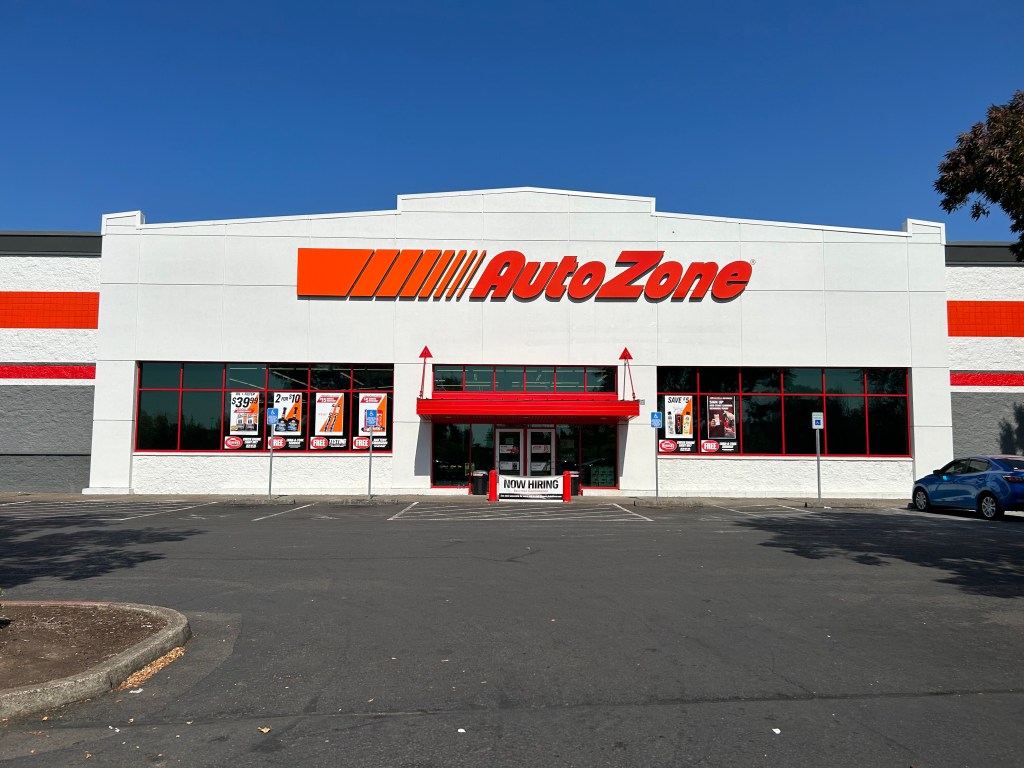If you think Portland and Multnomah County’s homeless crisis is chewing through money, you probably ain’t seen nothin’ yet.
Like the ravenous plant, Aubrey II, in the Little Shop of Horrors, its unbridled appetite for more money and more employees just keeps growing.
The Joint Office of Homeless Services, a collaboration between the city of Portland and Multnomah County, was created in 2016. In FY 2017 the Joint Office received a total allocation of $48.3 million from the city and county.
City funding for JOHS programs included $6.7 million for “Rapid Rehousing” that aims to make homelessness a short-lived experience for recently houseless individuals; $5.8 million on “Supportive Housing” to help individuals gain access to housing and preventative services; and $8.0 million on “Safety Off the Streets” to pay for shelters and services for victims of domestic violence, youth, women and families. The bureau also directed $736,825 to prevent seniors and people with disabilities from becoming homeless, divert at-risk individuals from coming into contact with the criminal justice system, and expand tenant protections.
While the extent of homelessness was sobering, the mood was hopeful.
“A greater focus on management and results – in addition to sustained funding – will be needed to ensure that the region is making the most of its investment to help Portland’s most in need,” an early performance report said.
“…the department has a clear road map to expanding services that reduce chronic and episodic homelessness, with priority given to strategies that eliminate racial disparities, the Joint Office said in its FY2023 Adopted Budget.
Whatever that “clear roadmap” has been, it has cost a growing pile of money, up almost 550% since 2017, and a blistering July 2023 report from Multnomah County’s auditor alleges that the Joint Office is a mess.
As OPB has put it, “…a peek behind the scenes of the joint office reveals how clunky contract management, poor communication, insufficient data collection, and lack of vision have undermined the program’s effectiveness at solving one of the region’s most entrenched challenges.”
And now another scathing review from Health Management Associates of Oregon (HMA), requested by Multnomah County Commission Chair Jessica Vega Pederson , noted:
- a lack of alignment among elected leaders, county leaders, providers and service and housing providers regarding the appropriate components of the homelessness response system
- a lack of a cohesive, effective governance of the Homelessness Response System
- Uncoordinated systems provide fragmented care for shared clients, leading to returns to homelessness and poor outcomes
- a lack of timely communication with stakeholders and sometimes finding out news through the media,
- a lack of role clarity, decision-making and organizational structure within the JOHS
According to Multnomah County’s Press Office, ” The Joint Office contract with HMA is for two years, from May 2023 to June 2025. The total cost is $140,000. The contract involves the review today alongside work to accomplish the steps laid out in the review.” Why two simultaneous reviews are necessary, one of which cost the Joint Office money, is not clear.
Tracking the Joint Office’s budgets over the years is difficult because online reports from the office have numbers for given years that are all over the map, a sign, perhaps, of its dysfunction.
What is clear is the Joint Office’s FY 2023 Adopted Budget is $262.4 million. The budget increases over the years have been accompanied by a concomitant increase in staffing, from 13 full time equivalent positions in 2016 to 45 in FY 2021 and 96 in FY 2023.
Has the homeless count gone down with the commitment of all this money and personnel?
A 2015 Point-In-Time report said 3,800 individuals were homeless in Multnomah County on any given night.
After eight years of work and millions of dollars spent by the Joint Office of Homeless Services, the number of people considered homeless in the most recent Point-In-Time Count in Multnomah County, conducted Jan. 25-31, 2023?
6,297
A little shop of horrors, indeed.

















